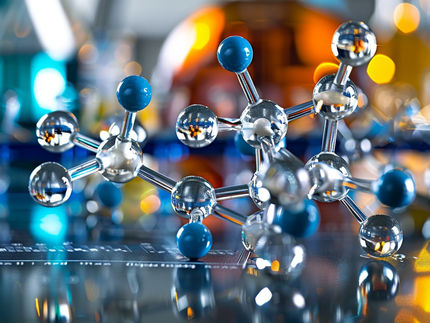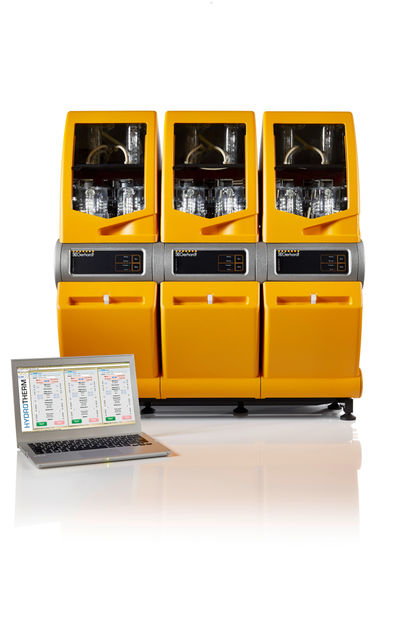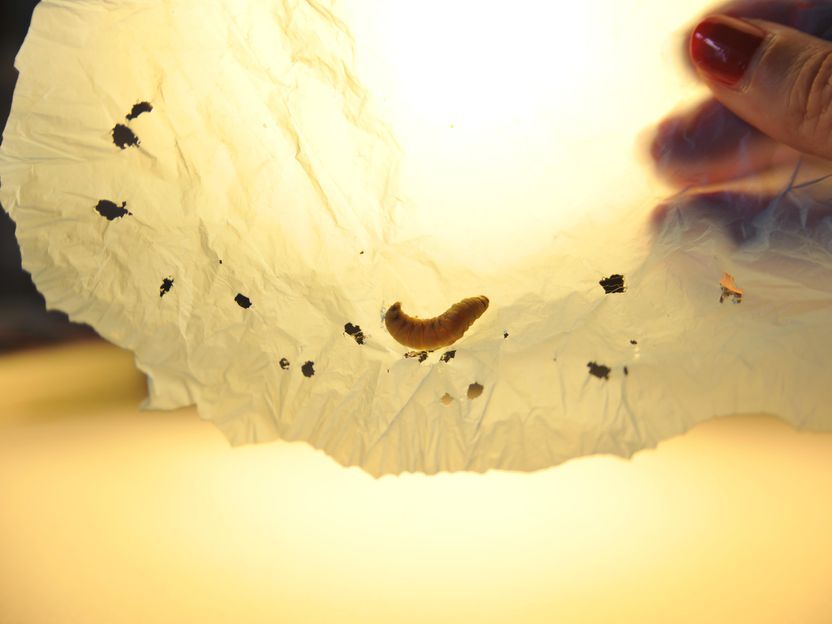RUDN University chemist created a catalyst from orange peel for organic compounds production
N-heterocycles are organic substances used in the chemical industry and medicine. To produce them, expensive catalysts made from noble metals are used. A chemist from RUDN University developed a nanocatalyst for N-heterocycles that consists of zinc oxide and niobium and can be obtained using orange peel without any additional chemical agents. The catalyst makes the reaction almost 100% effective, thus increasing the efficiency and reducing the cost of N-heterocycles production. The results of the study were published in the Catalysis Today journal.

N-heterocycles are organic substances used in the chemical industry and medicine. To produce them, expensive catalysts made from noble metals are used. A chemist from RUDN University developed a nanocatalyst for N-heterocycles that consists of zinc oxide and niobium and can be obtained using orange peel without any additional chemical agents. The catalyst makes the reaction almost 100% effective, thus increasing the efficiency and reducing the cost of N-heterocycles production.
RUDN University
N-heterocycles are used in the production of plastics and medicinal drugs (quinine, morphine, pyramidon) and as dyes. Their synthesis requires the use of catalysts based on expensive noble metals such as gold, palladium, or iridium. All previous attempts to use other elements had been unsuccessful due to low efficiency or instability of the end products. However, a chemist from RUDN University developed a nanocatalyst based on cheaper metals--niobium and zinc. The new catalyst provides for almost 100% efficiency of N-heterocycle synthesis, and its precursor (or platform molecule) is levulinic acid.
"Levulinic acid is one of the top-10 most promising platform molecules that can be easily obtained from biomass. The transformation of levulinic acid into N-heterocycles has recently become a popular topic because N-heterocycles proved to be useful in the pharmaceutical, agrochemical, and polymer industries", said Rafael Luque, PhD, the head of the Molecular Design and Synthesis of Innovative Compounds for Medicine Science Center at RUDN University.
His team used a mechanochemical method to create the nanocatalyst: it means, its components were simply mixed in a special grinder without solvents or other additives. Orange peel served as a template for the catalyst preparation. Ground peel, dry zinc acetate, and 18 1-cm steel balls were put in the grinder and mixed at 350 revolutions per minute for 20 minutes. After that, the mixture was heated at 200? for two hours. As a result, zinc oxide nanoparticles were formed. Orange peel was used to give zinc acetate a surface to concentrate on, and also to help form intermediary compounds. The remains of the peel were partially removed from the mix in the course of heating. After that, zinc oxide nanoparticles were combined in the grinder with niobium-containing particles so that the concentration of the metal in the end product would reach 2.5% to 10%.
To test the new nanocatalyst, the chemists used it to transform levulinic acid into an N-heterocycle. The team selected the most efficient ratio of the catalyst: 10% of niobium to 90% of zinc oxide. In this case, almost all levulinic acid (94.5%) was turned into the end product without byproducts, and N-heterocycles accounted for 97.4% of the yield.
"This work shows that if we play with the catalyst structure, valuable compounds can be developed from biowaste. Using organic waste and eco-friendly methods, we can offer an alternative to the modern-day chemical industry that is extremely dependent on fossil fuels," added Rafael Luque.
Other news from the department science

Get the chemical industry in your inbox
By submitting this form you agree that LUMITOS AG will send you the newsletter(s) selected above by email. Your data will not be passed on to third parties. Your data will be stored and processed in accordance with our data protection regulations. LUMITOS may contact you by email for the purpose of advertising or market and opinion surveys. You can revoke your consent at any time without giving reasons to LUMITOS AG, Ernst-Augustin-Str. 2, 12489 Berlin, Germany or by e-mail at revoke@lumitos.com with effect for the future. In addition, each email contains a link to unsubscribe from the corresponding newsletter.





























































